#history of persia
Text
youtube
The oldest wedding ring in the world
The king's power ring in the king's coffin
💍👰 + 🏺🔍
One of the oldest words for "wedding ring" from ancient languages.Retelling the unwritten history through archeology and ancient languages . In this video, we show you one of the oldest wedding rings in the world in the hands of a queen along with ancient texts in the oldest languages of the world.
Read More:
The oldest family pictures from Elam civilization (Iran) [Video]
The oldest footprints of a child and a dog in the Great Temple (Video)
Follow my YouTube channel. Silent tablets documentary, short videos from ancient history.
Follow my Twitter.
#archaeology#ancient mesopotamia#mesopotamia#ancient history#history#history of persia#history of wedding#history of iran#oldest wedding rings in the world#wedding rings#history of elamite empire#elamite#elam culture#elamaite kings#elamite language#antiquity#chogazanbil ziggurat#wedding#Youtube
1 note
·
View note
Text
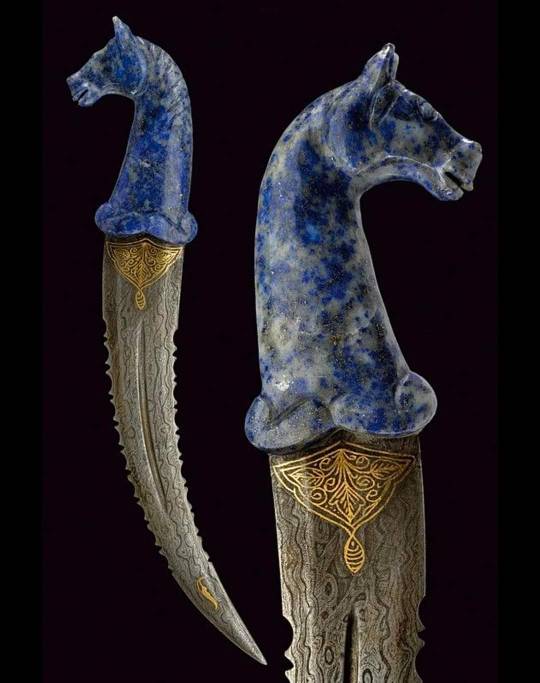
Horse Handle Lapis Lazuli Dagger khanjar,
Persian, 19th Century CE.
The Al-Sabah Collection, Kuwait
#art#history#design#style#archeology#antiquity#dagger#khanjar#horse#lapis lazuli#persia#19th century
876 notes
·
View notes
Text

Marc Riboud. Anshan, 1957
#marc riboud#black and white#photography#vintage#street photography#art#history#vintage photography#black and white photography#persia#1950s
369 notes
·
View notes
Text


Bronze bust of King Sapur II, Sassanian Empire (Iran), 4th century AD
from Phoenix Ancient Art
1K notes
·
View notes
Text
In ancient Parthia, we see elements of ancient Mesopotamian culture like this relief of the god Nergal. Nergal, a god of war and death, was worshipped for thousands of years in the region. He’s still showing up in the first couple of centuries CE in Parthia, on this relief from Hatra, a city in northern Iraq that became an important center of trade and culture under the Parthians:

Nergal came, over time, to be associated with Heracles, who had come to the region with the Greek culture brought by Alexander the Great. You can see Parthian depictions of Heracles here:
{Buy me a coffee} {WHF} {Medium} {Looking Through the Past}
221 notes
·
View notes
Text

Scheherazade, Georges Barbier, from a series of drawings based on the ballets of Vaslav Nijinsky (1913)
Betrayed by his wife, the king of Persia, Shahriyar, decides to exact vengeance by marrying a different virgin every day and having her put to death after the wedding night. To put an end to the massacre, the daughter of the grand vizier, Scheherazade, offers herself to the sultan. On the evening of the wedding, she begins to tell him a riveting story, but is careful to leave it unfinished. Desperate to learn how it goes on, Shahriyar affords her a stay of execution. Scheherazade continues for one thousand and one nights, at the end of which the sultan abandons his revenge. Captivated by the imagination and the storytelling talents of his new wife, he decides to keep her close by him forever. Intelligent and cultivated, Scheherazade is a positive incarnation of a woman who frees herself from male oppression by her ingenuity and mastery of language.
#my scans#this is interesting#dangerous women#1001 nights#scheherazade#georges barbier#vaslav nijinsky#1913#1900s#art#sultan#persia#shahriyar#history#art history
119 notes
·
View notes
Text
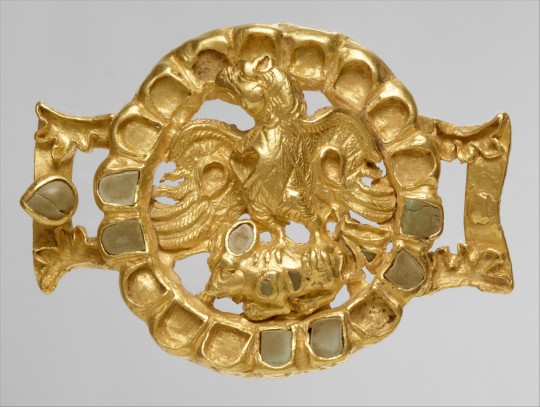
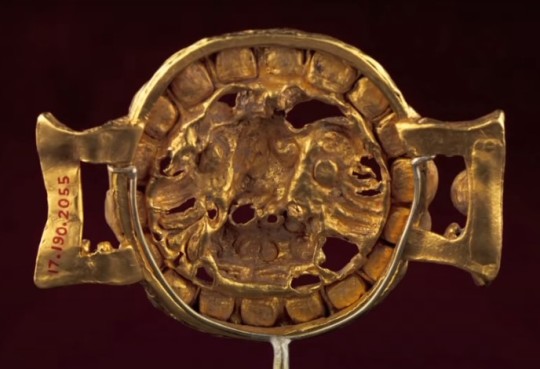
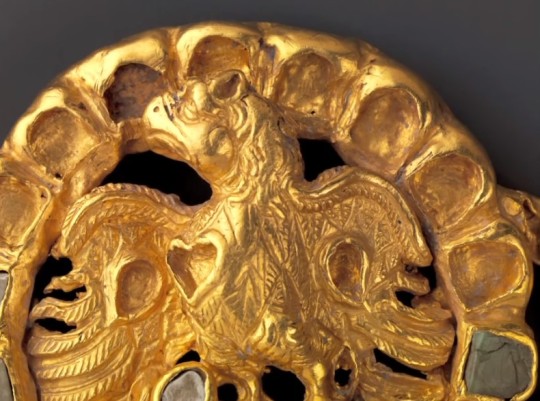
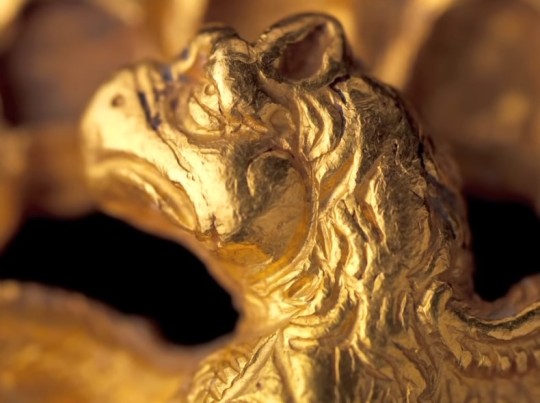
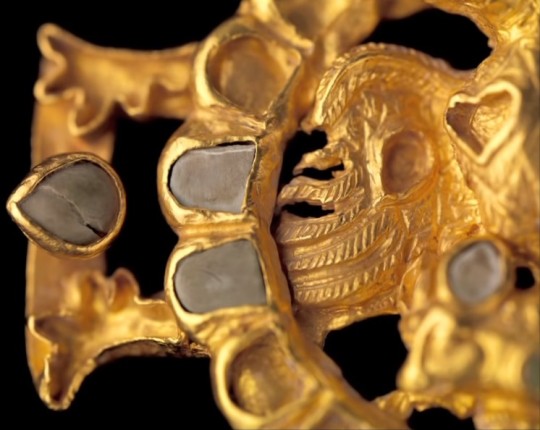

Gold clasp of eagle, possibly belonging to the House of Karen, 1st-2nd C. CE. Found in Nahavand. The House of Karen seems to have been descended from the Parni, who were themselves an offshoot of the Scythians. Ernst Herzfeld wrote that this item probably belonged to their house.
"House of Karen (Middle Persian: Kārēn; Parthian: 𐭊𐭓𐭍𐭉, romanized: Kārēn; Persian: کارن, romanized: Kārin or Kāren), also known as Karen-Pahlav (Kārēn-Pahlaw) was one of the Seven Great Houses of Iran during the rule of Parthian and Sassanian Empires. The seat of the dynasty was at Nahavand, about 65 km south of Ecbatana (present-day Hamadan, Iran). Members of House of Karen were of notable rank in the administrative structure of the Sassanian empire in multiple periods of its four century-long history.
The Karens, Karan-Vands, Qarinvand dynasty or Karen-Pahlevi as they are also called, claimed descent from Karen, a figure of folklore and son of the equally mythical Kaveh the Blacksmith. Their historical origin however may be that the Karens, along with the House of Mihran, were descended from the Arsacids. According to Movses Khorenatsi, this descent was via one of the three sons of Phraates IV, also named Karen. The fact that Karen may also have been among the family names of the Arsacid dynasty may give credence to this theory.
The first verified reference to the Karenas was during the Arsacid era, specifically as one of the feudal houses affiliated with the Parthian court. In this they were similar to the House of Suren, the only other attested feudal house of the Parthian period. Following the conquest of the Parthians, the Karenas allied themselves with the Sassanids, at whose court they were identified as one of the so-called "Parthian clans". The Armenian Kamsarakan family was a branch of the House of Karen."
-taken from Wikipedia
youtube
#scythian#iranian#ancient persia#ancient history#history#art#antiquities#museums#archaeology#heart symbol#Youtube
204 notes
·
View notes
Text

Alexander covering the body of Darius with his cloak
by Charles Meynier
#alexander the great#darius#art#charles meynier#antiquity#history#europe#european#asia#persia#persian#ancient greek#ancient greece#macedonian#macedonia#greek#greece#achaemenid empire#macedonian empire#king#persian empire
219 notes
·
View notes
Text



Iran bastan Museum/ Tehran/ Iran
Photography: Hadi ostad hashemi
64 notes
·
View notes
Text

achaemenid rug 𓃬
#based on reliefs of shahriar defeating a winged lion/gryphon#persepolis#ancient history#achaemenid#ancient persia
201 notes
·
View notes
Text
youtube
Old Persian word for "Love".
A boy falls in love with a king's female servant
The story of an ancient love ❤️
The love of the king of ancient Iran
❤️ The Persian word for love 🥰 . The story of an ancient love, almost 1800 years ago in Iran. This is the story of a boy who falls in love with the female servant of the King of Iran and runs away with her.
Finally, this boy named "Ardashir" fights with the king of Iran, defeats him and becomes the king of Iran himself and establishes the Sassanid dynasty.
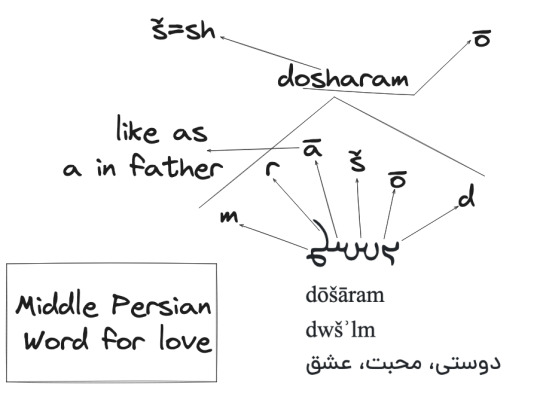
Read More:
Sumerian world for "Love".
History of wine in mesopotamia.
What is the word for love in Akkadian language?
Follow my YouTube channel. Silent tablets documentary, short videos from ancient history.
Follow my Twitter.
#archaeology#ancient mesopotamia#mesopotamia#brief history bites#ancient history#asia history#history of persia#history of iran#history of the sassanid empire#history of the persian empire#middle persian language#iranian peopel#iranian languages#iranian#romantic words#romantic#pahlavi scripts#Youtube#ancient words for love#ancient romantic words
1 note
·
View note
Photo
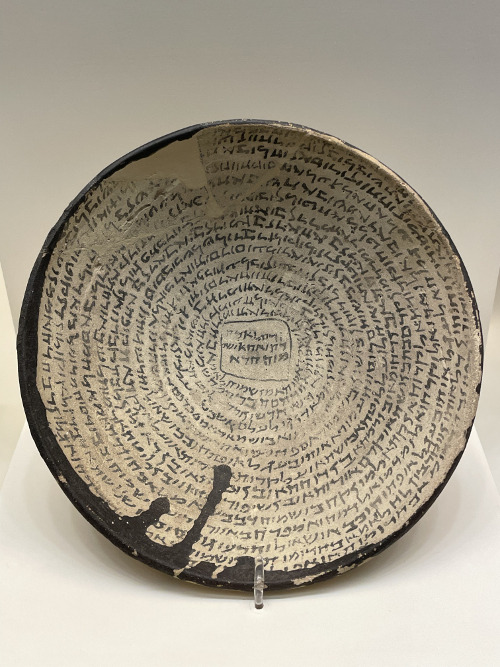
Near Eastern magic bowl with Aramaic inscriptions. The clay incantation bowl is a form of early protective magic found in Persia and Mesopotamia. National Archaeological Museum, Athens, GREECE.
Photo by Babylon Chronicle
961 notes
·
View notes
Photo
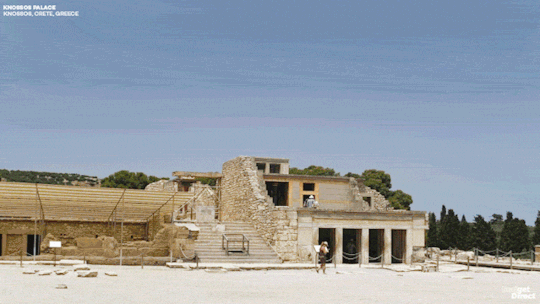
A Gallery of Reconstructed Palaces
In this gallery, we present reconstructions of seven famous palaces through history. The palaces, presented here in the chronological order of their construction, are:
Continue reading...
130 notes
·
View notes
Text

Last week on T/witter Trey the Explainer was talking about Alexander and Bagoas and it inspired me so! HERE THEY ARE.
Among everything they went through, I'm sure they had happy, sweet moments too.
✨ Uncropped version is on P4tre0n as always!✨
#alexander of macedon#alexander the great#bagoas#persian#ancient persia#ancient greece#achaemenid#queer history#lgbtq+ history#my art
64 notes
·
View notes
Text
One of the primary forms of fortune-telling in the Islamic world was bibliomancy, in which people would flip open a book to a random page, plunk down their finger, and then interpret their future based on the image or text they had selected. Sometimes this was done with the Quran, but Persian people in the 1500s and 1600s produced books full of lavishly decorated paintings for the practice.
This image would have been a positive omen — it shows the story of the “Seven Sleepers,” who kept themselves safe by sleeping in a cave for centuries:

More bibliomancy and other ways to tell the future here:
{Buy me a coffee} {WHF} {Medium} {Looking Through the Past}
195 notes
·
View notes
Text
Has anybody explored Persepolis through the Getty experience??? Because oh my god
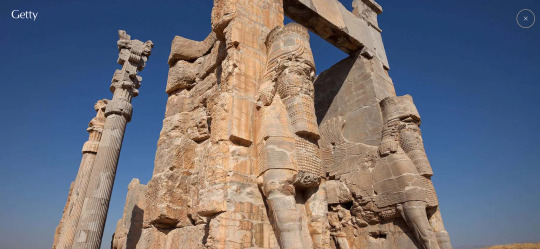
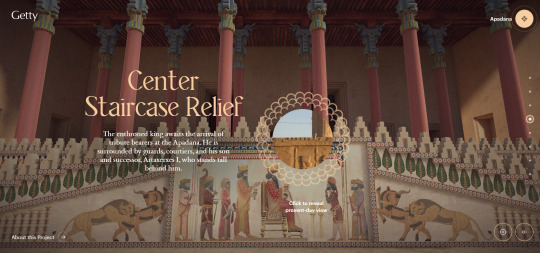
Such a well done project, with very nice details!!!
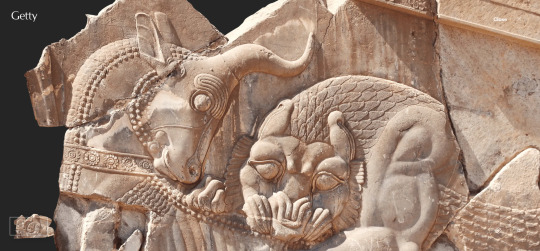
high-key want to use the last one as my new desktop background
#such beauty it takes my breath away completely#hopefully I'll be able to visit once in my life :/#persepolis#history#ref#ancient history#tagamemnon#persia#text
2K notes
·
View notes